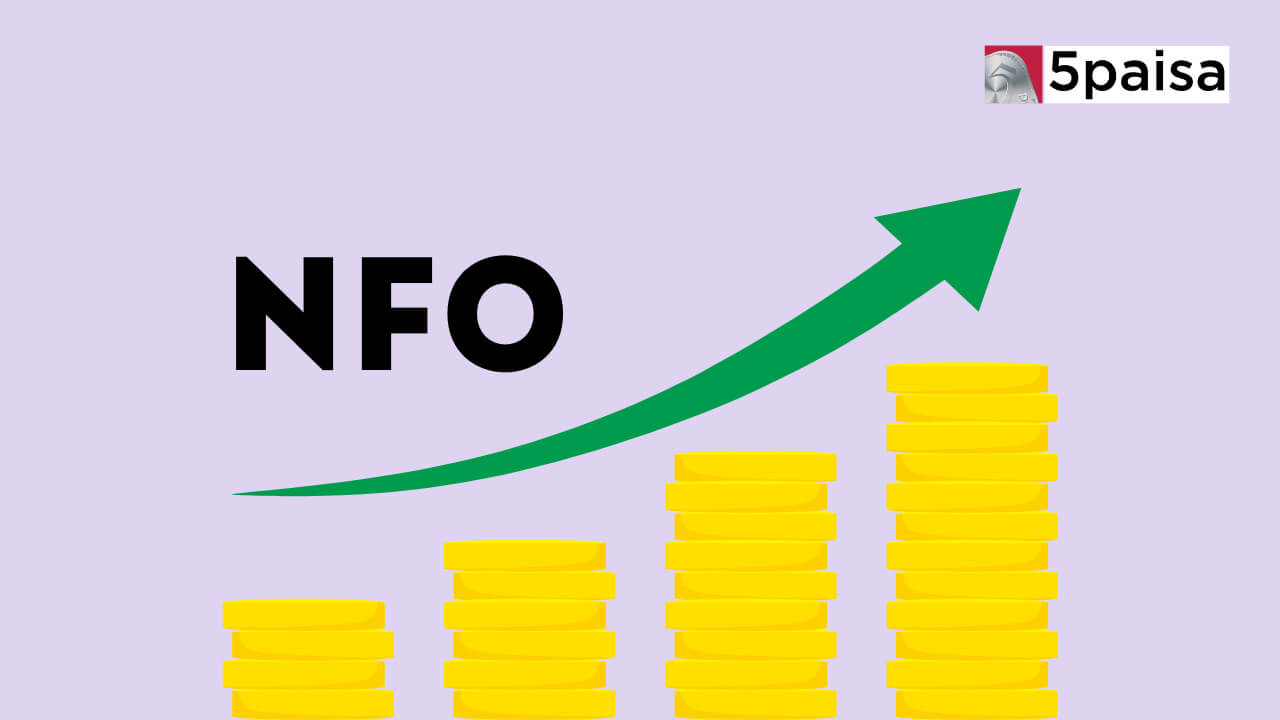5 Easy Steps to Mutual Fund Redemption & Exit

Last Updated: 26th October 2021 - 06:31 pm
Investors in mutual funds may invest and withdraw their money at any time throughout any business day, subject to any lock-in restrictions. Loads and capital gains tax apply to the redemption amount as well.

Source
Investors who have reached their investment have the option of withdrawing their money in a variety of ways. So, if you fall in that ballpark, this post mentioned all the ways and steps that you need to follow for mutual fund redemption & exit.
5 Ways to Exit & Redeem Mutual Funds
Units of mutual funds may be redeemed online or offline. Redeeming mutual fund units may be accomplished in a number of ways, including those listed below:
1. Mutual Fund House Direct Redemption
As long as the lock-in period has not expired and the mutual fund units have been bought through a Mutual Fund House, i.e. the Asset Management Company (AMC), you may immediately connect with them and redeem all or part of your mutual fund units.
To terminate an account, you must redeem every single unit that the account contains. If just some units are redeemed, the account remains open. In addition to the aforementioned redemption procedure being completely online, you may also submit a completed redemption request form in person at the AMC.
After the request has been processed, you will be credited with the redemption amount through NEFT or get a check in the mail at the address you provided at registration.
2. Redemption through an Agent
In the event you invested in mutual funds via an agent, you will also be able to redeem your mutual funds through the same agency.
The agent sends your fully completed form to the AMC, together with information on the plan and folio, as well as the number of units you want to withdraw.
Once the AMC starts the redemption procedure, the money will be deposited into your bank account or a check will be sent to your address on file.
3. Redeeming Mutual Funds Using Certified Third-Party Portals
Some investors purchase mutual funds online via reputable third-party portals like 5paisa, which collaborate with fund houses to provide a wide range of top-rated mutual funds.
Mutual fund redemption requests may also be handled by these portals online, using a more streamlined procedure. The money is credited to your connected bank account as soon as the redemption request submitted via the site is approved.
4. Redemption through Demat Account
Certain individuals choose to invest in mutual funds through an online Demat or trading account. If you purchased mutual funds using a Demat account, you must also redeem them using that account.
A net asset value (NAV) payment against redeemed mutual funds is made electronically and paid immediately to the bank account associated with the Demat account.
5. Redemption through CAMS Website
For investors who want to redeem mutual fund shares from a variety of AMCs, CAMS (Computer Age Management Services) can help.
When a properly filled-out form is sent into the CAMS office, the requested funds are sent to the beneficiary's bank account within 2-4 business days of receiving it. Several AMCs use the CAMS office as a single point of contact for a wide range of services.

Source
What is the Mutual Fund Redemption Timeline?
Once a redemption request has been completed, it cannot be changed or cancelled. So be careful. Once a request is received, it is handled by the NAV of the current business day, especially if it is received before 3 p.m. Unless otherwise specified, the following business day's NAV will be used instead.
3 Reasons Why Investors Might Exit a Mutual Fund
1. An Unexpected Financial Crisis
It's a good idea to keep a portion of your portfolio in open-ended mutual funds just in case anything unexpected happens. Selling off funds that were set up with a specific end in mind is a bad idea.
When redeeming your mutual fund units, keep in mind that there will be tax consequences as well as exit loads. To get the most out of flexible funds, invest over a longer period of time. Capital preservation and growth should always be the primary goals of investment.
2. Low Performance of the Scheme
In the event that your plan has been giving an underwhelming performance for some time, you should investigate the causes of the problem.
If the reason was a shift in your goals or a dramatic change in your portfolio mix, you may want to think about redeeming your fund(s) to get back on track. The recent performance of a fund should not be taken into consideration while redeeming.
In order to maximize their profits, investors should consider holding their investments for as long as feasible.
3. Non-delivery of the Promised fund Performance
Individuals put their money into mutual funds whose goals align with their own. As a result, choosing which funds to include in your investment portfolio depends heavily on the overall goal of the investment.
Active investors who are keeping tabs on the market may decide to sell or redeem their holdings if the outlook is bleak. When investing for the long term, a CRISIL study says that the odds of a fund producing good returns rise.
Conclusion
When it comes to meeting financial investment objectives and building wealth, investing in mutual funds is a long-term solution. However, mutual funds are also adaptable when it comes to how much money you want to put in and how long you want to keep it. It's critical to safeguard one's investment in mutual funds while making such a long-term commitment to wealth development.
- 0% Commission*
- Upcoming NFOs
- 4000+ Schemes
- Start SIP with Ease
Trending on 5paisa
Mutual Funds and ETFs Related Articles
Disclaimer: Investment in securities market are subject to market risks, read all the related documents carefully before investing. For detailed disclaimer please Click here.
 5paisa Research Team
5paisa Research Team
 Sachin Gupta
Sachin Gupta




